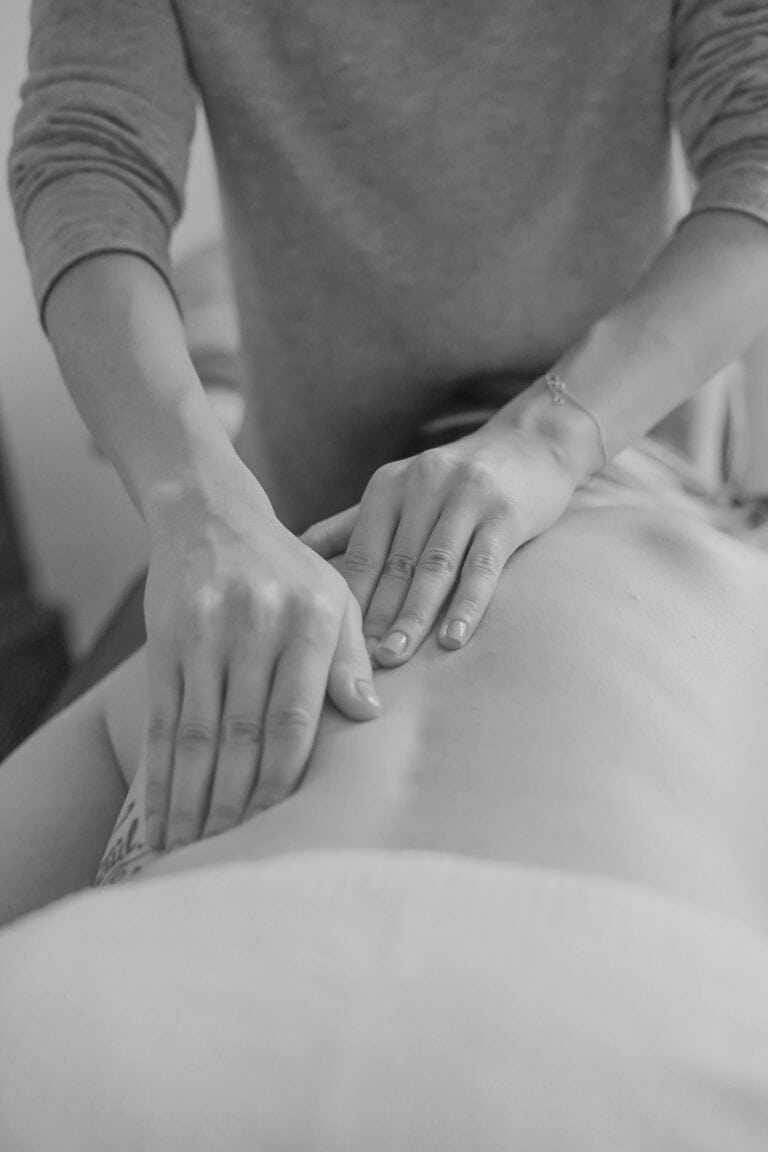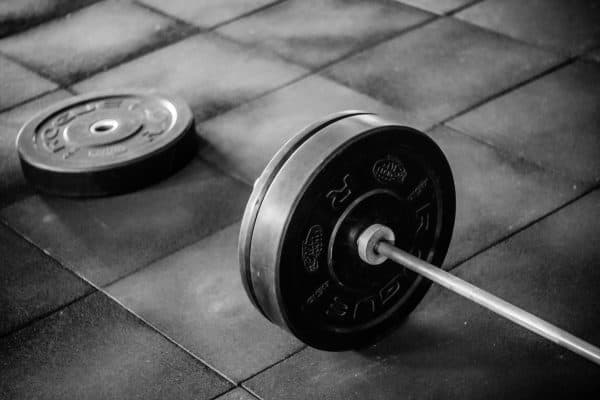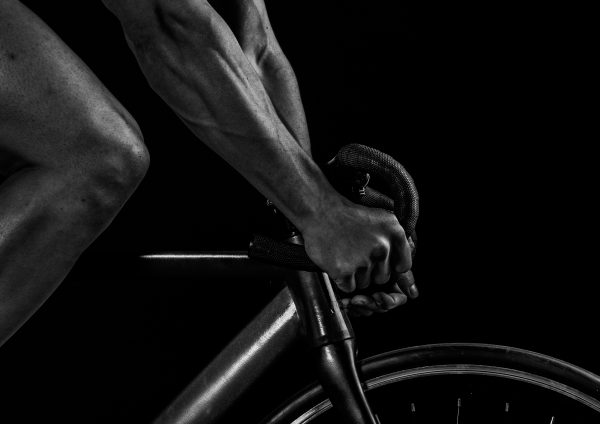Whilst there are many causes of heel pain, easily the most common condition that we see in private practice is that of plantar fasciitis (or more correctly known as plantar fasciopathy).
The plantar fascia is the band, much like a ligament, at the bottom of the foot connecting your heel to your toes. If we consider the arch of our foot like a truss bridge, the plantar fascia is the strong band connecting the two furthermost points of the bridge, thus contributing enormously to the stability of the arch.
When the plantar fascia gets stressed repeatedly and often, it can become prone to overload-related irritation, microscopic tearing and subsequent inflammation and pain.
Symptoms of plantar fasciitis
- sharp stabbing pain, or deep ache deep under the heel and in the arch of the foot
- pain that is at its worst in the morning as you get out of bed in the morning
- symptoms that often improve as you warm up during a run, but become sorer as you cool down
Causes of plantar fasciitis
- overtraining (this includes increasing your weekly loads too quickly after a prolonged break)
- calf tightness or weakness
- biomechanical issues such as pronation, poor hip control, high-arches (supinated or pronated foot type)
- poor footwear (or no footwear!!)
- running on hard surfaces (concrete, asphalt)
- running on soft surfaces (sand)
Treatment options
Settle down your symptoms
But first, you must settle down your symptoms…
1. Relative rest
This means a reduction in activity, but not complete rest. Try reducing your mileage by about 50% (or more if necessary) until you are able to complete sessions without symptoms.
You should also allow 72 hours between runs until you are completely symptom-free.
Your relative rest period can be a great opportunity to cross-train. Swimming, pool running, elliptical trainers, cycling and rowing are all great ways to do this.
2. Trigger point therapy
Release techniques of the muscles in your calf and the arch of your foot are crucial to improve their ability to tolerate loads, and also reduce your pain levels. We suggest that you see your physiotherapist for help with this. A golf ball, trigger ball or foam roller can be a great adjunct to hands-on treatment when you’re at home.
Try this little gem: fill a plastic bottle with water and freeze it. Once frozen, roll it on the ground with your foot (see image) over the symptomatic area.
3. Calf stretches
Both a bent knee and straight knee calf stretch will help reduce stress and tension on the plantar fascia, thus reducing pain. Avoid the temptation to stretch the plantar fascia itself, as this will likely further irritate symptoms and delay healing.
4. Gel cups
There are some gel cup inserts which can greatly help to alleviate plantar fasciitis symptoms by spreading the force over a greater area, so it doesn’t feel like there is constantly a pebble in your shoe
5. Medication
See your doctor or pharmacist for advice about anti-inflammatory medication, which can help both the condition and its accompanying symptoms
Now that you have your symptoms under control, how are you going to prevent this from happening again as you build up your kilometres??
Tape
A specific taping technique called “Low-Dye taping” can be used very effectively to offload the plantar fascia for everything from running to walking around at home. This is a great tape technique to help alleviate symptoms and will last days at a time!
Strength
Like so many other muscles, tendons and ligaments in our bodies, you need to carefully strengthen and condition the plantar fascia to withstand the loads required to do what you want. See your physiotherapist for a program specific to your requirements to help to strengthen and generally toughen up that plantar fascia.
Podiatrist review
Podiatrists are really helpful with plantar fasciitis.
Addressing footwear that is too old or not ideal for your foot-type will most likely help your efforts to increase your activity levels again. In some instances, custom orthotics designed by a podiatrist can reduce tension on the plantar fascia as well.
Cortisone
Cortisone is a strong, local, steroidal anti-inflammatory injected at the injury site by a doctor. It is a relatively straightforward process but should be left as an option if all of the more conservative treatment options fail. Following cortisone injection, a very careful return-to-run program should be prescribed by your physiotherapist and adhered to closely.
My final tip:
Arch support is crucial. Avoid barefoot walking and thongs that don’t have arch support – even when you’re not exercising!!!







